URBAN ECOSYSTEM
Urban ecosystems is a project based in the northern part of the city Rio de Janeiro. It is developed in one of the seven Perinodes. Perinode C has its origin from the intersection of 4 urban zones of the northern region defined by the main mobility network such as the Linha amarela highway connecting the airport in the north and barra da Tijuca in the south forming an important connection, metro line 2, SuperVia Urban trains as well as Rio Timbo which is the most populated rivers in the city.
Analysis of the 4 urban zones provided us with data which I turn allowed us to analyse excessive, insufficient and adequate the seven different layers of public equipments, Services, mobility networks, public spaces, green zones, demography and residence. As the project proposal not only aims for today’s requirements but 2050 and hence the requirements based on the projection of 2050 is determined in order to reach the desired numbers.
Speculating the urgencies of 2050 the two main agendas of 1. Future of mobility and 2. the decline of arable land became the focus along with derived programs from the zones. As 30% of the city’s land area is dedicated to parking and commuting needs we aimed at incorporating the means of mobility which could help us reach the agenda of the city which is to reduce 80% of the carbon emission and hence introducing hyper loop and hyper pod as well autonomous vehicles. This lead us to propose a multi transit hub and new network of roads. It arises a need to tackle the existing infrastructure which is put to use for pedestrian forming connections, public spaces such market spaces.
As the arable land has undergone a drastic decline since 1950 with 5000 sqm to 2015 with only 2000 sqm approximately and the population is increasing faster than the food production. Hence to tackle the food production problem we aimed at creating four different microclimates based on food production, health production and energy production. All this is housed in a building – a mega structure which has the highest height in the centre of the mobility hub.


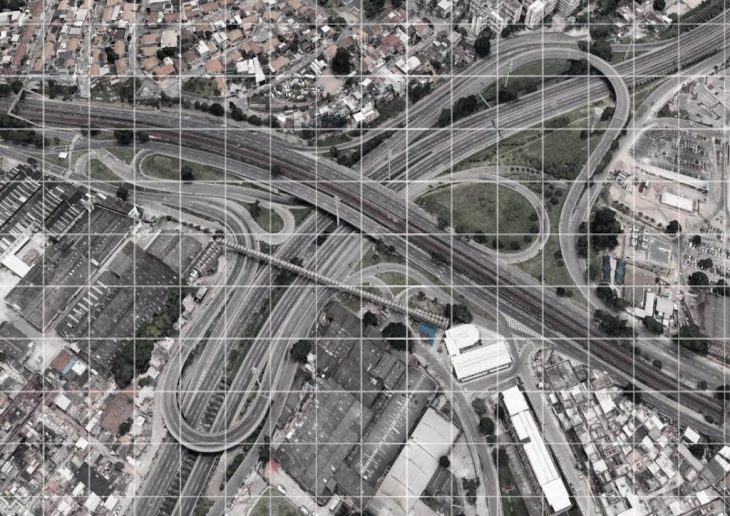




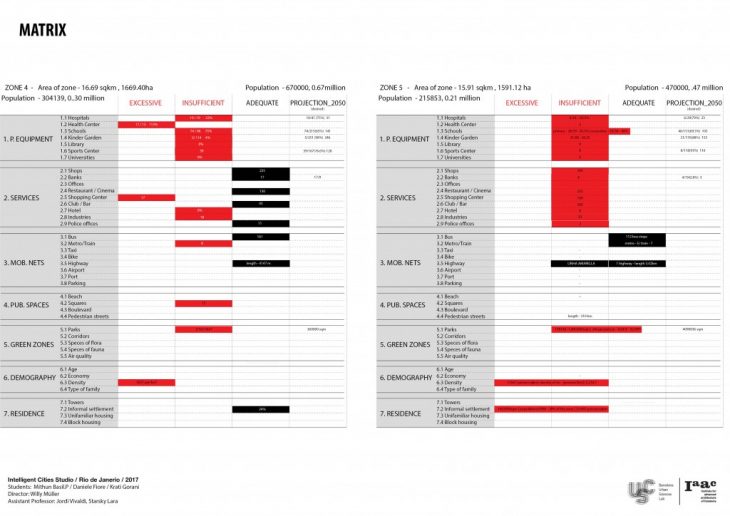
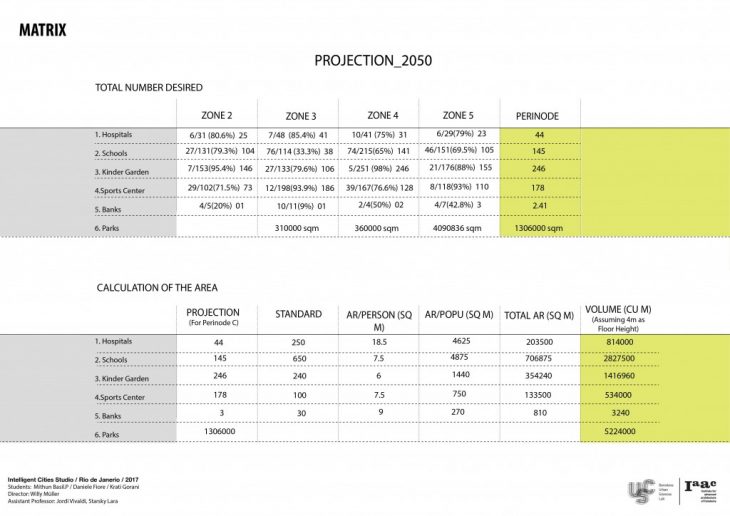






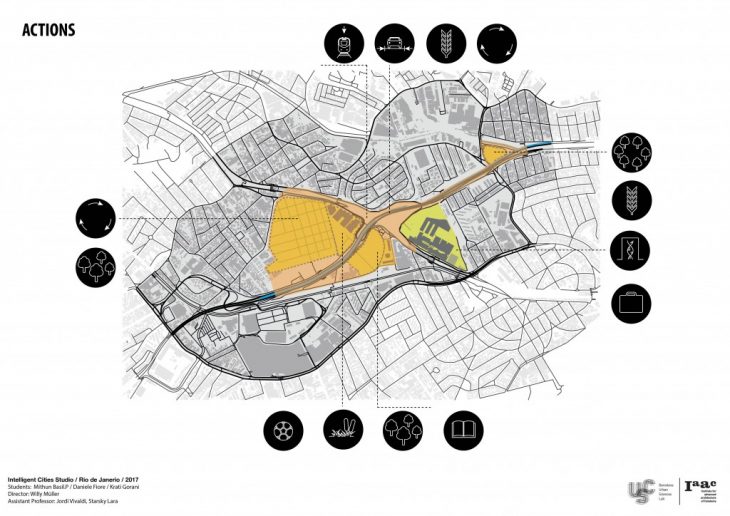


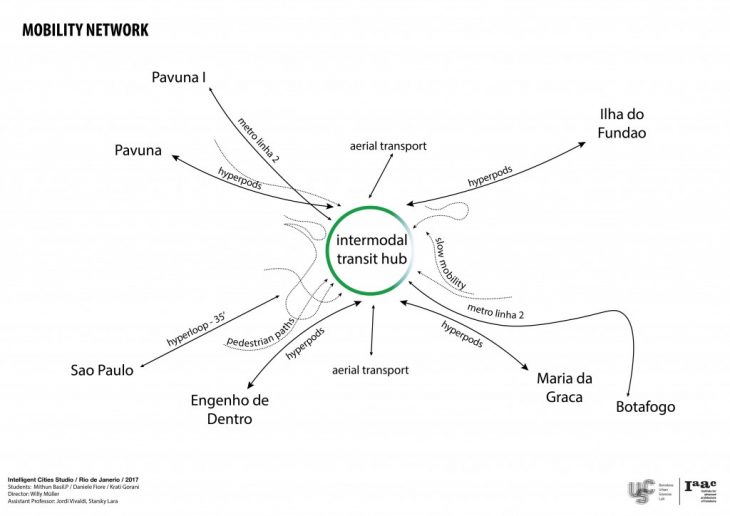










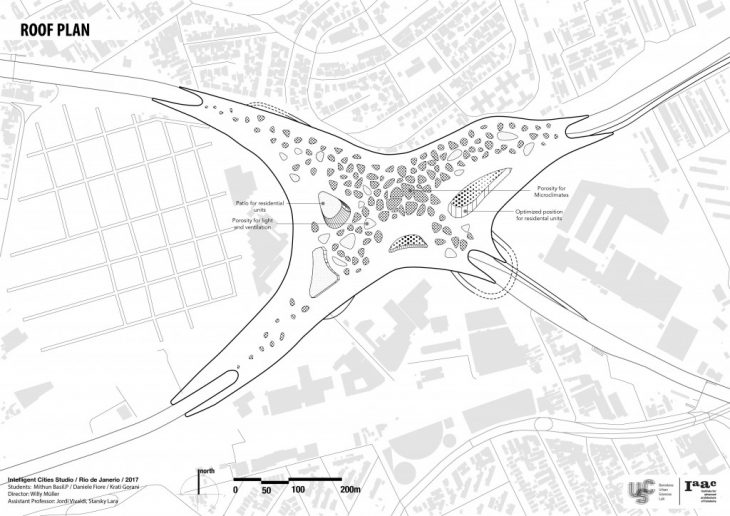




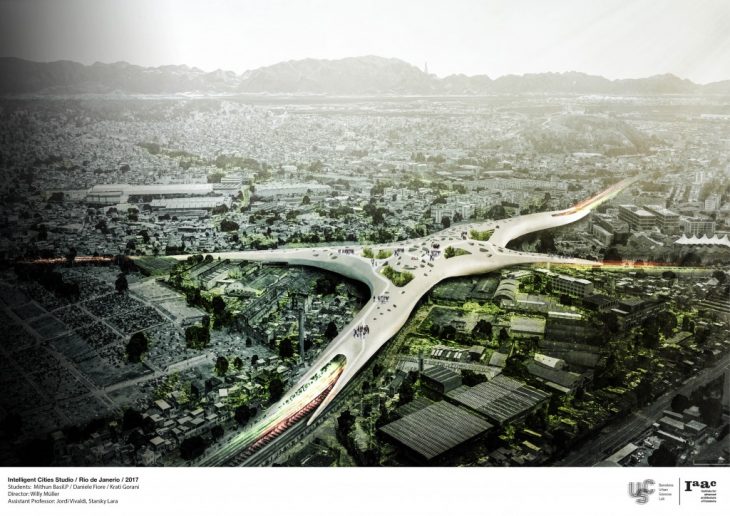
URBAN ECOSYSTEM is a project of IaaC, Institute for Advanced Architecture of Catalonia developed
at Master in Advanced Architecture, Intelligent Cities in 2016 – 2017 by:
Student: Daniele Fiore, Krati Gorani, Mithun Basil Parakandathil
Graphical support: Antoun Rizk
Tutor: Willy Müller, Jordi Vivaldi